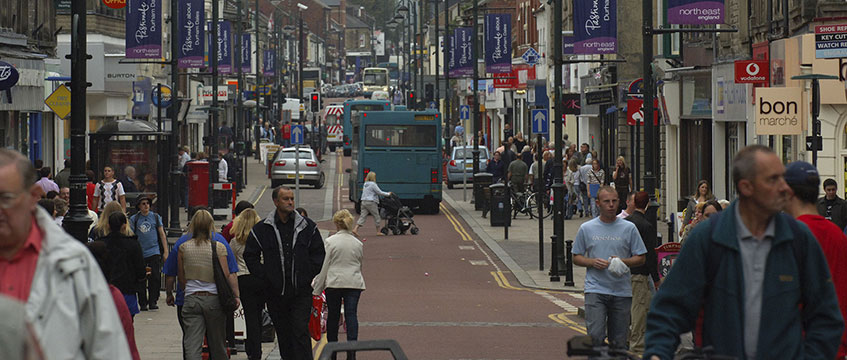The almost total disruption of physical shopping environments has accelerated trends that were already underway. In the case of high street shops, while yields had been shifting outwards for some time, the UK-wide lockdown brought about a sudden movement which has crystallised a growing feeling that values had not reached appropriate levels.
In just a few weeks we’ve seen many high street yields move out by 200 basis points or more. This is a trend which has not just been witnessed in secondary locations, but even in some of the UK’s most desirable towns and cities. In many of these locations including Guildford, York, Kingston, Richmond and Nottingham, prime yields had achieved close to 4.25% but are now being offered or transacting at yields north of 7%. Colliers was recently involved in prime sales in Winchester and Leeds, acting on behalf of institutional clients, and achieving similar results. These assets typically benefit from unexpired terms of 5 years or more which would traditionally be considered an attractive income profile.
Attracting investment
Of course, the question now is whether the sector has become attractive enough as counter cyclical strategy for savvy investors. Can it really be right that you can buy assets in prime locations with five years-plus of income, let to some of the most recognisable brands including Superdrug, Holland & Barrett, JD Sports and Specsavers, at an initial return of 8% plus? Clearly the quantum of rent being paid is the other crucial factor to consider for investors who are brave enough to take comfort that any current or any future retailer could afford to pay a similar level.
Prime high street opportunities would certainly seem to represent good value when compared with other asset classes – especially when interest rates look like they will continue to stay low and the gilt and equities markets are respectively characterised by low returns and volatility. Even if you factor in the growth of online retail and the converts it will have made during the lockdown, there is still clearly a place for physical shopping space. Importantly, stores are likely to take on a hybrid role, synchronising bricks-and-mortar with fast-growing e-commerce platforms.
Co-ordinated approach
The prime minister recently announced plans for £96m of investment into town centres and high streets across the country through the accelerated Towns Fund. While this may not be enough to fundamentally address the challenges of the high street, it is a step in the right direction.
Colliers has called for this funding to be supplemented with other initiatives, including:
- Substantial government and local authority investment, and incentives nationwide, specifically for town centre regeneration
- A rebasing of the values and business rates of existing stock in line with commercial retail properties rents today
- A co-ordinated approach and review of all stakeholders by councils to deliver a strategy for each town and allocate sites for regeneration.
If we see this sort of action happening then it could really rejuvenate high streets and the trading strength of the stores that sit within them.
Paradoxically, the high street – which had become the ‘poster child’ for the problems of the retail sector – could be about to become one of the best value buys in the property market.
Or as Warren Buffett recommended: “Act greedy when others are fearful.”
Pierre Kunkler is director, retail capital markets, at Colliers International











